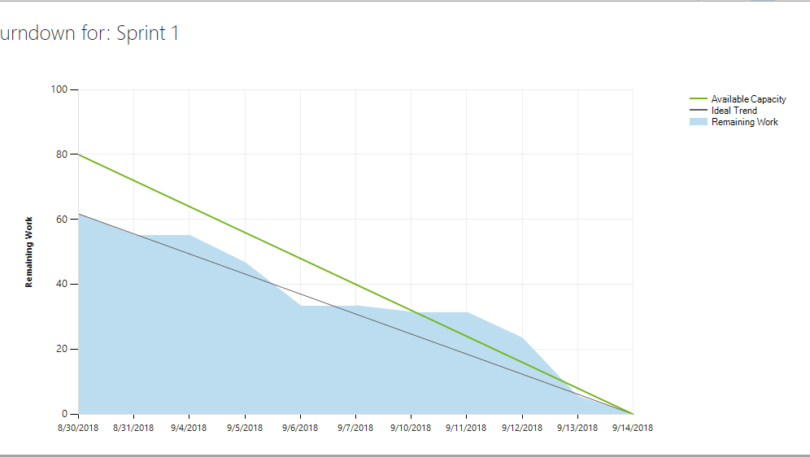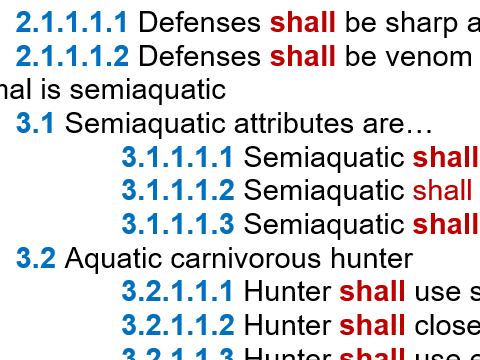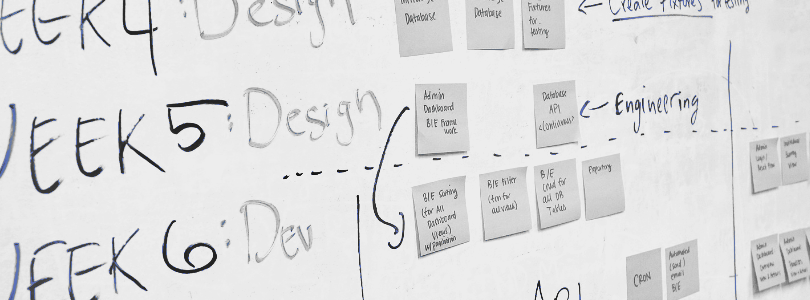After establishing sound requirements, as described in Part 4, utilize each requirement as part of your work breakdown structure (WBS). A WBS essentially breaks down each requirement, or deliverable, into easier-to-manage components in which enables the project manager to develop a schedule and budget for each piece. With a complete WBS, the project team can […]
The purpose of product / software requirements is to identify the true needs of the product and bring these requirements to life by engineering the software properly, the first time. Requirements are a best practice of quality software engineering and extremely vital to project success. Without an organized and concise format, a non-technical project champion […]
The purpose of a risk management plan is to provide assurance that all project risks are identified and analyzed, and options / solutions are presented to eliminate or reduce the effect of those risks. It allows project stakeholders to evaluate these risks and provides an opportunity to add or modify the risks identified and solutions […]
The purpose of a Master Project Plan (MPP) is to provide assurance that the product in development is engineered to industry standard regulations and to act as a guide for the development team, ultimately resulting in a successful and satisfactory implementation. To begin, consider the key elements needed to complete a project plan. Most MPPs […]




